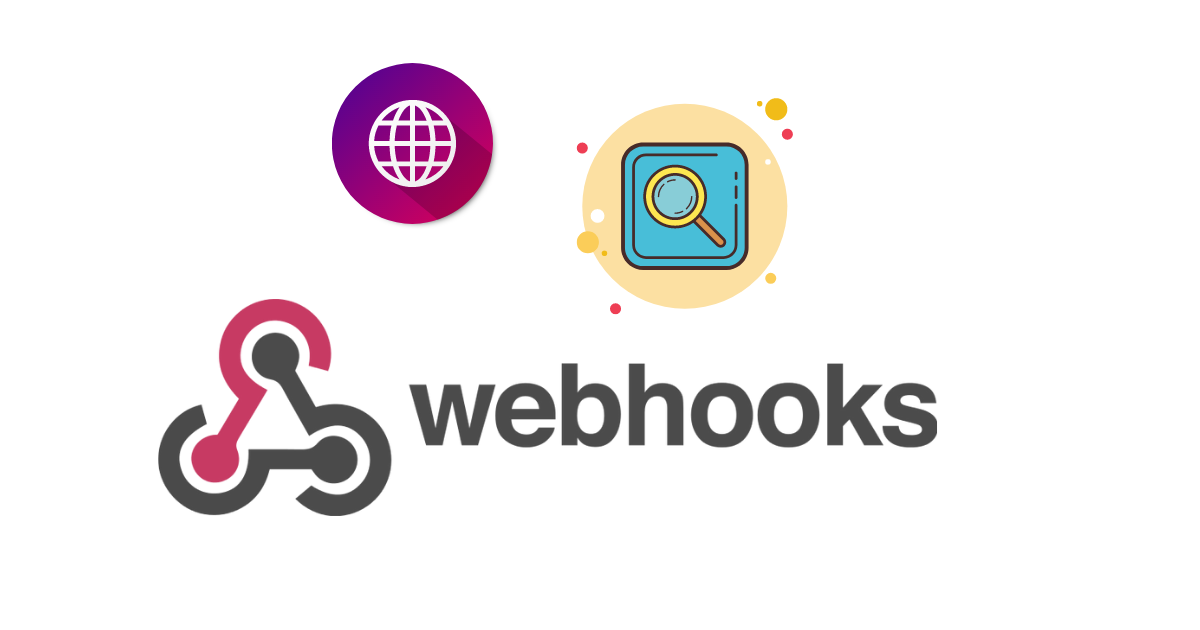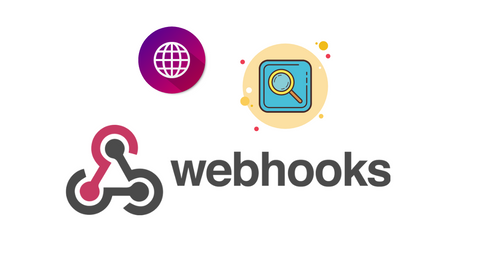
The API concept, called webhook, has been facing ultimate growth recently. The webhooks application is growing just because of what we usually do on the web due to specific events. Such an aspect makes it even more useful for the benefit of the public.
If you still want to know what a webhook is, here’s a short definition: It is the medium that ensures to give you real-time information through different applications. You can also call it HTTP push API or web callback. As soon as something happens, webhook ensure to provide you with essential data. It is not like other API where every individual needs to act frequently to poll the data to get real-time information quickly. Since webhook is more accustomed to do things automatically, it is sufficient for you. Both the customers and the providers are happy. However, there is a drawback; it might be difficult for you to set it all up at the start.
Some experts call webhooks as reverse APIs where you would have to design a specific API, especially for webhook. After that, the webhook is responsible for making an HTTP request concerning your app. In the end, you would have to interpret it.
Consumption of the webhook
In the first step, you must give a provider URL to the webhook to deliver general requests. You can do this using API or a backend panel. In the end, you are also required to use your app and get a URL that you can also access using the public web.
What you will see is that the webhooks would ensure to POST the remaining data in many ways. The two methods can be either XML that would need to be interpreted or JSON. It can also be a form of data. In the end, it’s not as easy as you think. Your provider would end up telling you the process of delivery or how they do it. You will also be given a choice. After coming ahead at this point, you will realize that it is easy for interpretation. However, the web framework wouldn’t go back and help you with everything. Even if they fail to do this, you can also call one or two functions.
Debugging webhooks
It can be a bit complicated to debug a webhook as it is asynchronous. The only option you get is to trigger and wait for the response. It can be time consuming and tiresome. Fortunately, there are quite many ways to get this done in no time. Like we run past all the documentation pages regarding debugging. It showed some conclusions like:
You should know the kind of service webhook provides. And you can do this with the help of a tool such as RequestBin and gather requests from webhook. Use the postmanor cURL tool to mock the request. Ngrok can be used to do code testing on your machine. On top of that, you can use Runscope to examine the whole flow.
How you can secure a webhook
You will only get access to the available data in your app with the public privacy by using the webhooks. There’s a good chance that someone might purposely or accidentally find the URL and give you irrelevant data. You can opt for numerous techniques to prevent such circumstances. The most significant thing you should opt for before doing anything else is to get force TLS connections. Or, in another words-https. After its completion, you may proceed to secure connections in different ways.
The most primary thing you should do to secure a webhook is to add a unique identification. That is adding tokens to the URL.
The second thing is implementing basic Auth. It’s effortless and widely supported.
The primary two suggestions work effectively in preventing most of the cyber-attacks. However, it has a disadvantage if you combine request with the auth token and send it. The third option to ensure our safety is to ask your provider for his signature on every request. They should sign on every deal they make with you. The one disadvantage is you get requested signing from the acknowledgment of the provider. And if they don’t do this already, you need to get back to your luck.
Important gotchas
You can remember a couple of things when you develop webhook consumers.
After delivering accurate data to the application, it is possible that webhooks may not be excellent attention to the request.
You can even lose your data if there is an error with your application. One of the webhooks’ functions is to resend the request and response if your application has errors. Your app may have duplicate data if there is still an error in the processed request. Therefore you should understand how the webhook works and try your best not to make any errors. You can try our tool reflector.io as it effectively deals with queuing and webhook errors.
There can be numerous requests by webhooks. If you get information about many events by your provider, your app can also be dosed. Be sure of the amount of webhook your application can manage on an expected scale.
Wet your feet
You can only understand something to an extent if you try it yourself. Fortunately, many services out there use webhooks and get their jobs done quickly. So you can check them out until you are satisfied with the service. Here are some of the webhooks mentioned below:
Twilo– It uses webhooks to react and deliver both text messages as well as phone calls.
Foursquare– It pops up the notifications using webhooks whenever users check-in
SendGrid– We effectively parse emails and even deliver event data by using webhooks.
Github– Github uses webhooks to review and update applications.
The best website you can ask help for is the Email List Validation. You can get the best usage of API for integrated emails from our service. The quick and advanced API technology checks the emails and many other services that can be useful. No matter what your project is, you should not miss our API webhook debugging.
You can look at that docs pages if you need more information on API on SendGrid. Have a great web hooking!
Are webhooks better than API?
When there is a question about the method that is best for syncing data among two databases platforms or applications, API is the first to pop in your heads. It is one of the best practices for this purpose.
You get more visibility with API, unlike ETL integration, which is expensive, bad for dynamic changes, and not even scalable for business needs. You can get a more in-depth look at the data consumption with the help of API as it is more flexible.
Sometimes API cannot sync all kinds of applications and turn out to be the most inefficient.
Here is when web book that can be very useful.
Webhook can definitely help synch applications better than any API. This is because API’s synching can be quite messy and tiresome when, on the other hand, web books are a good fit.
When exactly should you use web integration to sync data in applications?
The ultimate difference in the functioning of API and webhook is about the response. API doesn’t care about the update while they place calls, unlike webhooks. Http posts send calls to webhooks from external systems only in case they have data updates. API doesn’t wait for the data and places called as it is.
Webhooks can make the integration workflow react according to the update. There is a reason behind this activation; if the update is real and requires processing, webhook never backs down. It doesn’t just update because it has one more check to do but because it is valid.
Another benefit you get in webhook is it provides real-time information to other services and applications. API can also do this, but you will need to do extra configuration steps to consume many resources. In simple words, webhooks are efficient and straightforward in all aspects.
Just one thing people may not like about webhooks is that you will not know the changes if the update sending system goes offline all of a sudden.
But you will have a reasonable control over all the data because you will be able to accept most of the data as you get. If you store the data in the message queue, you can tackle this aspect too. Still, it is not the most efficient way to scale your business freely in need of an emergency.
Conclusion
Hopefully, you must have less confusion about API and webhooks now. It utterly depends on the platforms where you want to sync data.
The most apparent cases come with real-time data updates, and it won’t be a good idea to spend money on low-quality API.
Another case when you need an excellent webhook is when your integration flow is equipped with an external system with bad API or even worse; no API. We cannot deny how vital secured webhooks are; therefore, it’s best not to settle with anything less.



